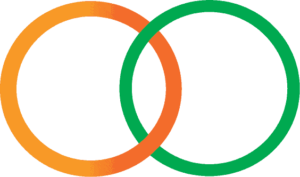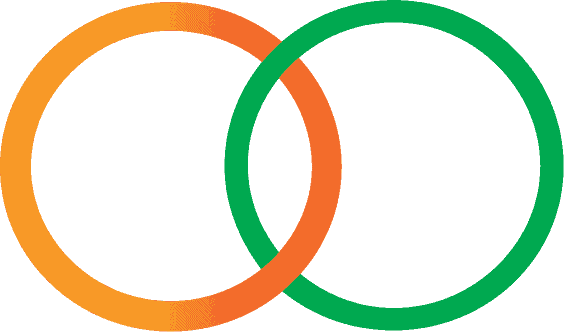
© California Bicycle Coalition 2023

1017 L Street #288
Sacramento, CA 95814
© California Bicycle Coalition 2023
Here are some bicycle-friendly lawyers who can help.
Los Angeles Bicycle Attorney, Cohen Law Partners phone: 323-937-7105 email: josh@cohenlawpartners.com
Steven M. Sweat, Personal Injury Lawyers, APC phone: 310-592-0445 email: ssweat@stevensweatapc.com
Jim Pocrass, Pocrass & De Los Reyes LLP phone: 310-550-9050 email: info@pocrass.com
Ellis Law Corporation phone: 310-641-3335 email: aellis@alelaw.com
Panish, Shea, & Boyle, LLP phone: 310-477-1700 email: panish@psblaw.com
Max Draitser, Southern California Bicycle Attorneys phone: 310-357-3645 email: max@bikelawLA.com
Seth Davidson Law phone: 424-241-8118 email: seth@sethdavidsonlaw.com
Los Angeles Bicycle Law Phone: (424) 352-7088 Email: k.smith@losangelesbicyclelaw.com
The Reeves Law Group phone: (213) 271-9318 email: contact@
Bisnar Chase Personal Injury Attorneys phone: 800-561-4887 email: inquiry@bisnarchase.com
Cohen Law Partners phone: 323-937-7105 email: josh@cohenlawpartners.com
Estey & Bomberger, LLP phone: 619-295-0035 email: info@estey-bomberger.com
Gonzales Law Offices Phone: (909) 587-6336 email: markg@gonzaleslawoffices.com
Cohen Law Partners phone: 323-937-7105 email: josh@cohenlawpartners.com
Fry Law Accident Attorneys phone: 916-291-0700 email: info@frylawcorp.com
Cohen Law Partners phone: 323-937-7105 email: josh@cohenlawpartners.com
Bay Area Bicycle Law, P.C. phone: (415) 466-8717 email: info@BayAreaBicycleLaw.com
Hassell Law Group phone: 415-334-4111 email: dawn@hasselllawgroup.com
Law Office of Daniel H. Rose, Bay Area Bicycle Lawyers phone: 1-415-946-8900 email: danrose@danroselaw.com
Claude Wyle and George Choulos, Bicycle attorneys phone: 415-474-7800 email: CWyle@ccwlawyers.com
Emison Hullverson, LLP phone: 415-434-2111 email: info@emisonhullverson.com
Sally Morin Law Firm phone: 415-413-0033 email: sally@sallymorinlaw.com
GJEL Associates toll-free phone: 1-866-218-3776 email: lawfirm@gjel.com
The Appel Law Firm LLP phone: 925-938-2000 email: appellawfirm@gmail.com
Cohen Law Partners phone: 323-937-7105 email: josh@cohenlawpartners.com
Hassell Law Group phone: 831-508-8819 email: dawn@hasselllawgroup.com
Cohen Law Partners phone: 323-937-7105 email: josh@cohenlawpartners.com
California Bicycle Attorney, Cohen Law Partners phone: 323-937-7105 email: josh@cohenlawpartners.com
Bay Area Bicycle Law, P.C. phone: (415) 466-8717 email: info@BayAreaBicycleLaw.com
Uninsured motorist coverage pays your medical bills, lost wages, out-of-pocket expenses, and pain and suffering. It is applied to losses in the past and into the future. If someone hits you and they have no insurance, too little insurance to cover your damages, or if they hit and run or the car is stolen, your uninsured motorist insurance covers you! It covers you on a bike, in a car, or on foot. It is indispensable.
Own a car? State law requires it to be insured. Look at your declaration page (it comes with the packet you get from your insurance company). There should be a section entitled Uninsured/Underinsured Motorist. This amount cannot be less than your liability amount (the amount that applies if you are at fault). UM only covers you if the other driver is at fault, so it is non-chargeable. That means it is not available to you if you are at fault. And your rates should not go up for invoking it.
Don’t have a car? Many insurance companies offer non-operators’ policies. That means you can have insurance, even if you do not own a car. Progressive sells a non-operator’s UM/UIM policy up to $100,000. State Farm up to $250,000. And AAA up to $500,000. This list is inclusive, not exclusive. There may be others as well. And it is no endorsement, but you cannot have too little insurance. If you can afford the $500,000, get it. If you own a home you likely have homeowners insurance. That makes you eligible for an umbrella policy. Ask your broker about a Combined Single Limit policy into which you can fold excess coverage from your UM/UIM policy. That may qualify you for even more coverage. You cannot be over-insured. $1,000,000 is not unreasonable. $2,000,000 is not unreasonable. $5,000,000 is not unreasonable. It helps.
If you have a smartphone, ensure that your health ID information is set up and current. You can also make a photo for your lock screen that includes emergency contact info.
Add local emergency dispatch numbers to your phone for the cities or counties in which you regularly ride.
In some municipalities, using a cell phone to call 911 can route your call to the California Highway Patrol, which can add critical minutes to first responders’ arrival time. You can easily find the direct number for any municipality’s dispatch with a quick internet search.
Enter your name and email to download CalBike’s handy crash card. Carry it with you on your bike for reference in the unlikely event of a crash.
IMMEDIATELY AFTER AN ACCIDENT